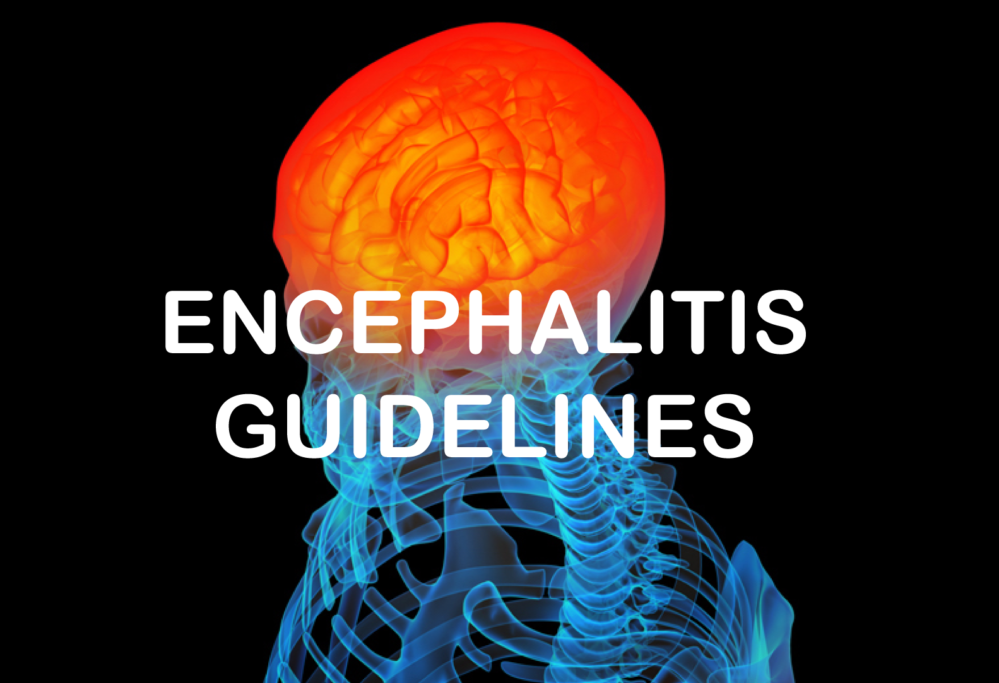New guidelines from Japan recommend foscarnet as the first-line treatment for HHV-6 encephalitis, with ganciclovir as second choice. They also recommend a combination therapy in severe cases.
The Japan Society for Hematopoietic Cell Transplantation published recommendations for diagnosing and treating HHV-6 encephalitis, and in contrast to past guidelines in the US and Europe, high-dose foscarnet (180 mg/kg/day) was recommended as the first-line treatment with ganciclovir as the second choice. To support this recommendation, the committee cited a retrospective study which found that the response-rate for foscarnet was superior to that of ganciclovir and that overall mortality within 30 days of HHV-6B encephalitis was considerably lower in patients treated with foscarnet compared to patients not receiving foscarnet (12% vs 31%, p=0.008) (Ogata 2017). The same analysis on the use of ganciclovir showed that patients receiving ganciclovir had higher overall mortality than those who were not (28% vs 12%, p=0.017).
One possible explanation for the difference in survival between the two antiviral treatments is myelosuppression caused by ganciclovir. However, it is also worth noting that patients with renal insufficiency are more likely to be given ganciclovir, which may also influence this result..
Furthermore, the authors recommend establishing ciHHV-6 status by testing whole blood via qPCR to avoid erroneous diagnosis of active infection. They explain that confirming ciHHV-6 status of a patient can also be done by testing hair follicles.
The committee notes that prognosis of HHV-6B encephalitis is poor. In a retrospective study of 145 patients, 20% survived, 13% died from encephalitis, and 44% died from underlying diseases (Ogata 2017). Among the survivors, 57% had neurological sequelae such as memory impairment, lethargy, disorientation, behavioral abnormalities or epilepsy.
Since HHV-6B encephalitis develops rapidly, preemptive antiviral therapy guided by monitoring was not successful in preventing the disease. While low-dose foscarnet prophylaxis will not prevent HHV-6B encephalitis, it may reduce the severity and mortality of the condition, as well as reduce the incidence and/ or severity of sequelae (Ogata 2018). The committee recommends that high-risk individuals, such as cord blood transplant patients, be tested for HHV-6 DNA twice per week for 2-6 weeks following transplantation. Careful monitoring for HHV-6 viremia may also be useful among patients who develop CNS dysfunction.
Foscarnet was approved for the treatment of HHV-6 encephalitis in Japan in March 2019.
Read the full text of the Japanese guidelines for encephalitis: Ogata 2019

Source: Bone Marrow Transplantation

